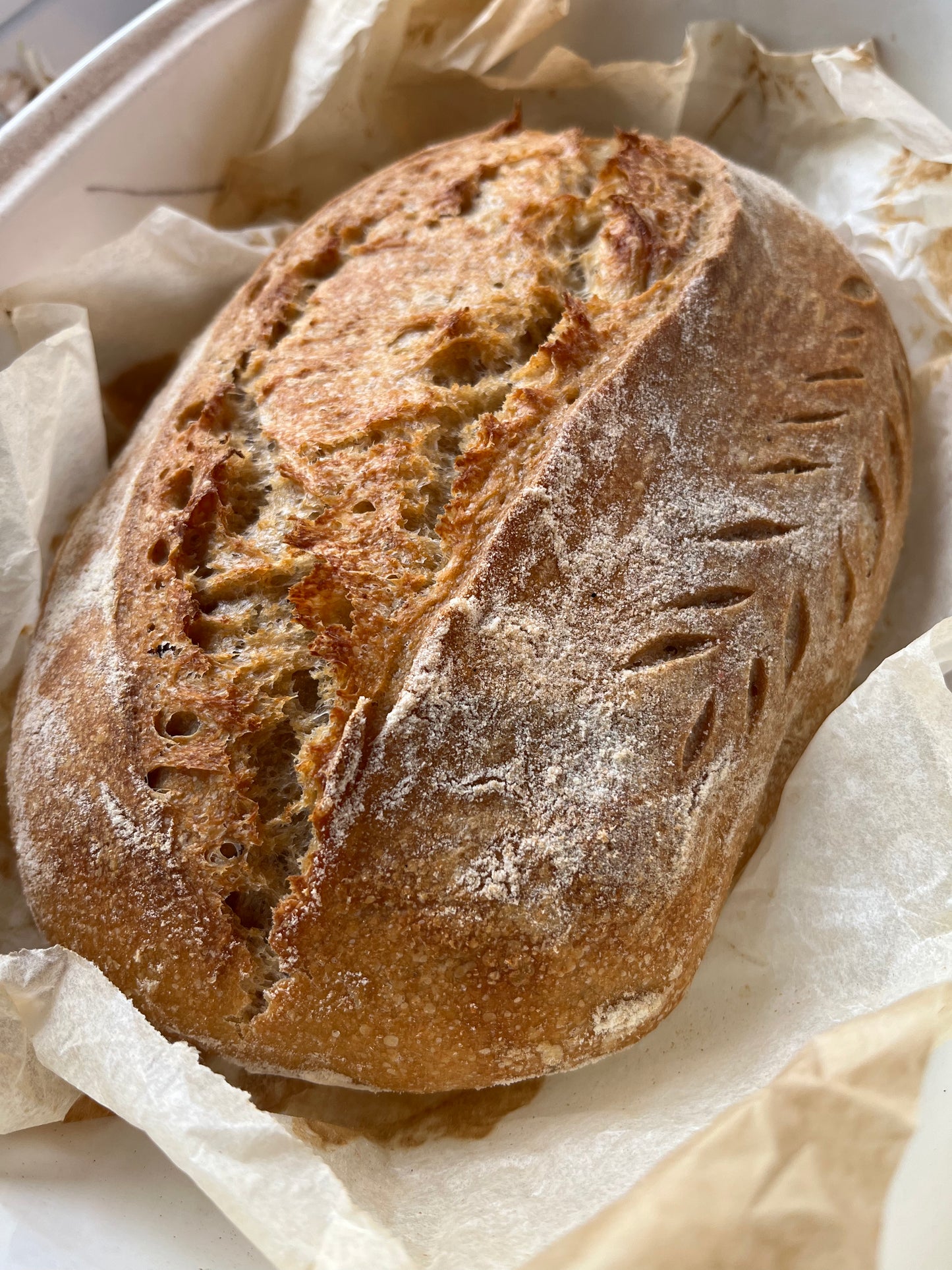Why activation take 4–5 days
💤 Dehydration stresses the microbes
Even though many yeasts and lactic acid bacteria survivedrying, they go dormant. Waking them up takes time.
🌾 Freshly milled flour is more complex
It's packed with nutrients and wild organisms, which is great long-term, but it can make the starter feel "sluggish" at first as the culture rebalances.
🦠 Population rebuilding
You need enough active yeast + lactic acid bacteria for the starter to ferment predictably again. This takes multiple feeding cycles.
How to help Clementine wake up more efficiently
Hydration Method: Stick to the suggested rehydration method to ensure the microbes aren’t too diluted at the beginning.
Environment: Keep it warm—ideally 24–27°C. Cooler temps can add days.
Feeding Frequency: First 24 hrs: just let it hydrate and wake up. Stirring once or twice is fine, but no need to feed yet.
After activity (bubbles, smell shift, volume change), start feeding 1–2 times per day. More frequent feeds (2x/day) can speed revival, but only once there’s clear activity—otherwise you’re just diluting dormant microbes.
Stirring: Gentle stirring once or twice in the first day can help evenly distribute microbes and oxygen, but it’s not essential beyond that.
Once revived, it will be just as strong, flavourful, and reliable as if I handed it to you fresh from my kitchen.











